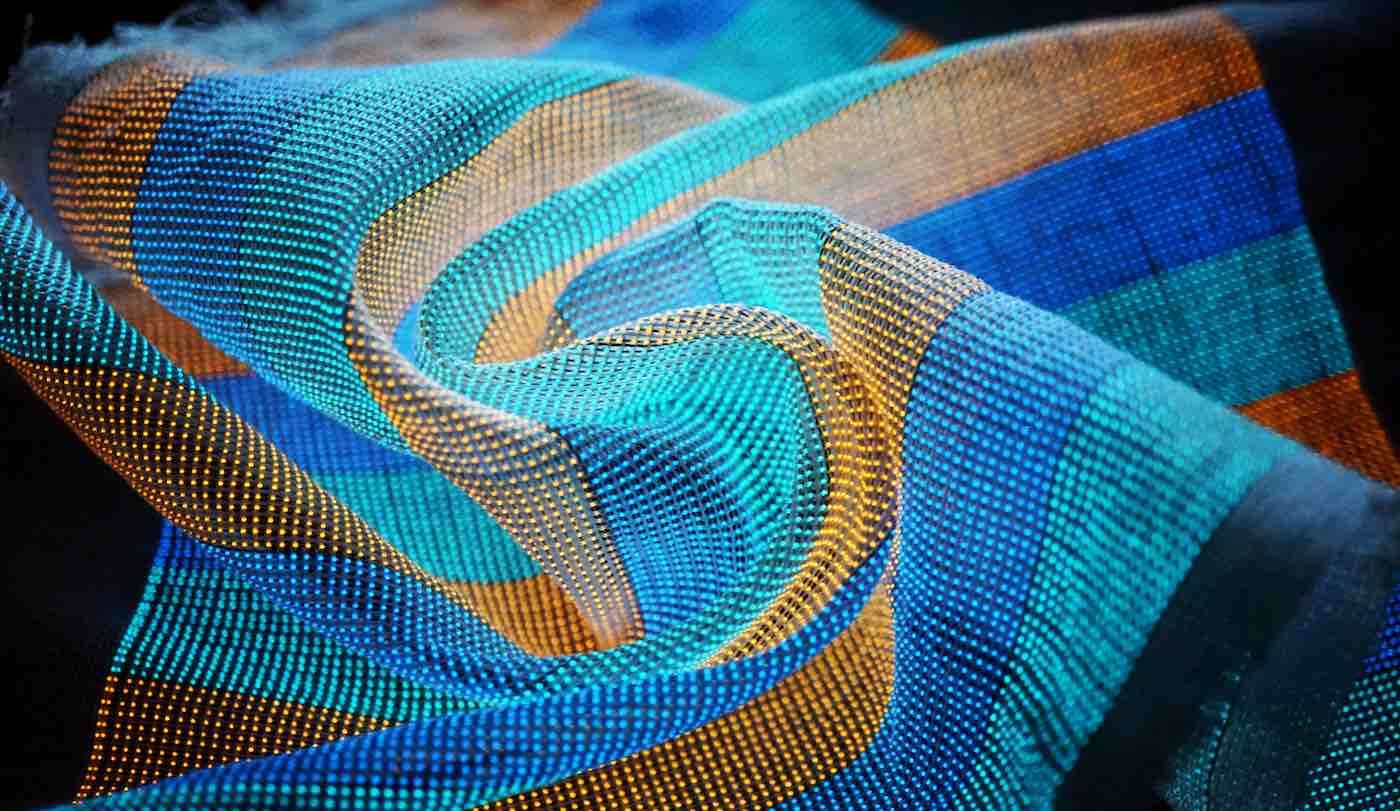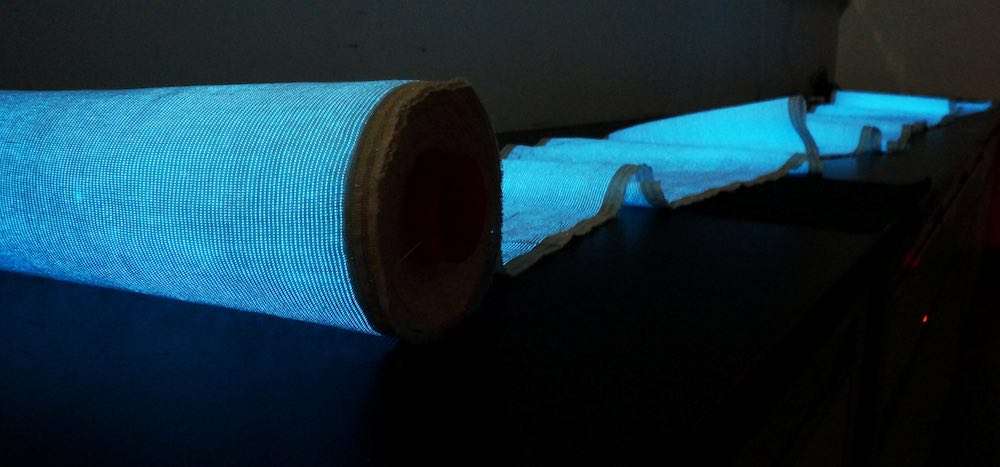Particle Mystery Deepens As 'Strong' New Evidence Hints at '5th' Force in Nature
Scientists at the Fermi Laboratory in Illinois have found evidence of the existence of a fifth force of nature, but more research is needed.

A new fabric developed by a Chinese team of scientists that works like a smartphone could have applications in communications, navigation, healthcare, and safety.
The hi-tech garment could improve safety for cyclists, motorists, and emergency responders. For instance, the brush of a sleeve could display a ‘textile map' on their arm—in an instant.
The inexpensive material turns a jacket into a touch screen—and could be in the shops by Christmas, according to SWNS news agency.
Powered by solar energy, it combines conductive and luminescent fibers with cotton.
Wearable technology has been promised for years, but creating large displays integrated with functional systems has proved challenging.
The researchers at Fudan University in Shanghai overcame this issue spectacularly with a display fabric almost 20 feet long and 10 inches wide.

The corresponding author who described the new electronic textile in the journal Nature last month, Professor Huisheng Peng said, "The cloth is flexible, breathable, and durable—making it ideal for the real world."
"Conventional solid-state materials are not readily compatible with textiles because they struggle to withstand the natural deformation that occurs when fabrics are worn and washed," said Peng.
"It's integrated with a touch-sensitive fabric keyboard and power supply that harvests solar energy," he added.
In experiments, the electronic textile worked as a navigation tool showing an interactive map. It also performed communications by sending or retrieving messages via a Bluetooth connection with a smartphone.
Prof. Peng said the display is produced by illuminating units that form where the conductive and luminescent fibers meet at contact points in the woven fabric.

They survived 1,000 cycles of bending, stretching and pressing. Brightness remained after 100 cycles of washing and drying.
With the addition of more applications it's expected to shape the next generation of electronic communication tools.
They first prepared two kinds of fiber electrodes—one coated with active material and the other transparent and elastic. Then, they weaved them together as yarns to produce the display textile, which is highly flexible and was demonstrated in three typical applications.
"They are not just conceptions. In fact, we can produce such display textiles at large scale with low cost," said Peng. "We are already providing them to companies. I think they will start to be used this year—at least, no later than next year."
The potential is vast—both for the public and private sector. Policemen or road workers can wear them at night to be safer.
The team even envisions this being able to convert brain waves into signals on the clothes, which would be useful for people who cannot speak.
PUT Your Hi-Tech Knowledge on Display By Sharing This on Social Media…
Be the first to comment